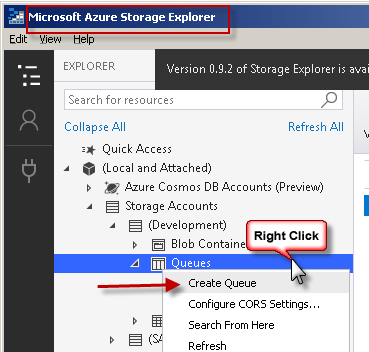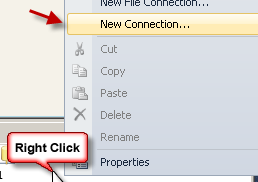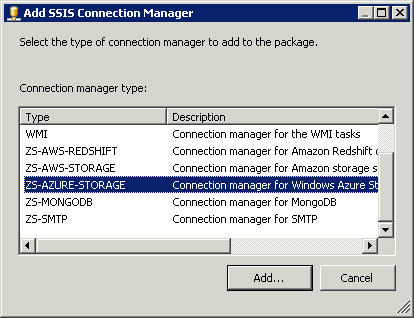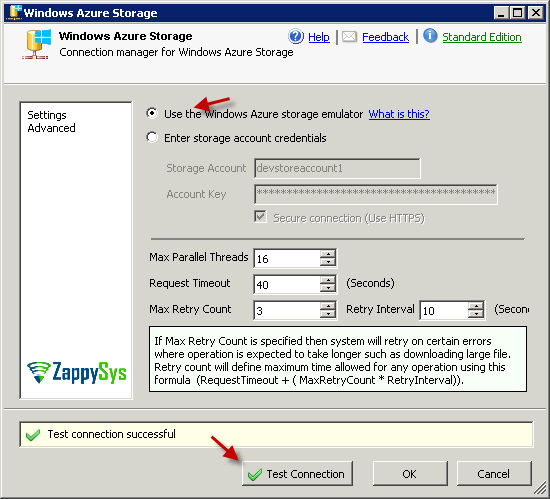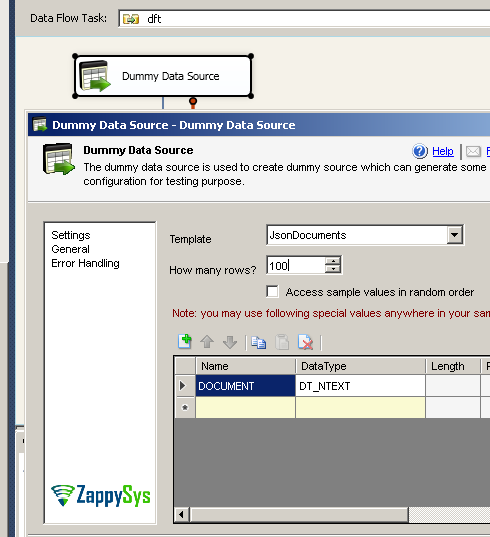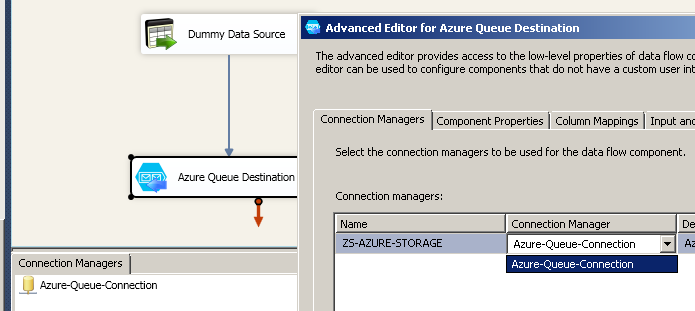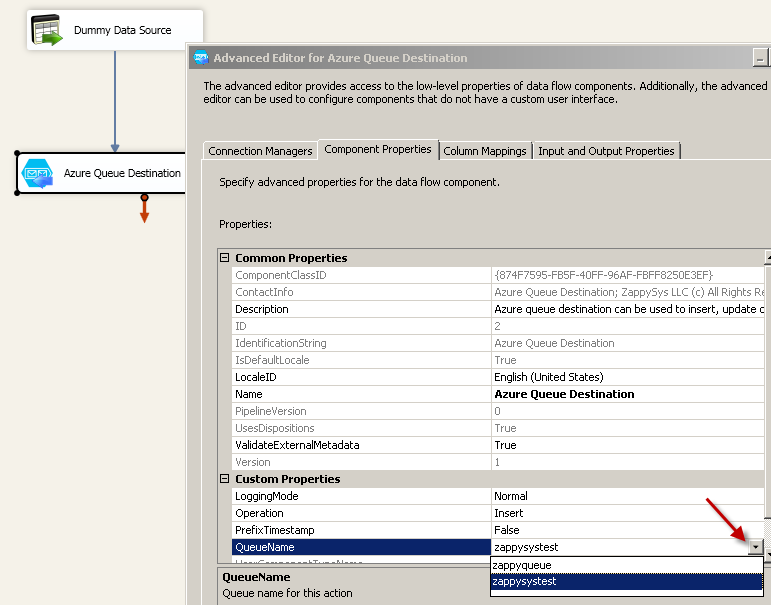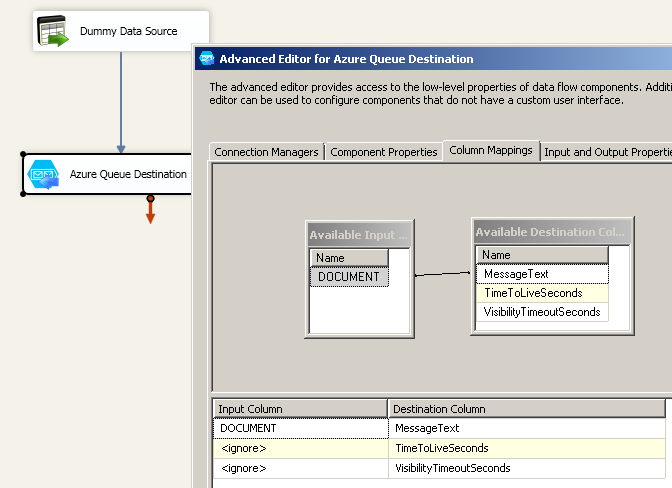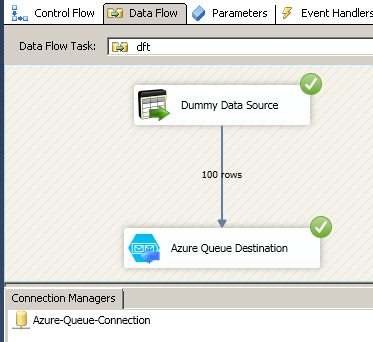Introduction In our previous blog, we saw you how to read/write Azure Table Storage data. Now in this blog, we will see How to Read/Write Azure Queue Storage data in SSIS. To illustrate, we will use ZappySys SSIS PowerPack, which includes several tasks to import/export data from multiples sources to multiple destinations like flat files, Azure, AWS, databases, […]
|
SSIS Azure Queue Storage Destination
|
 
|


